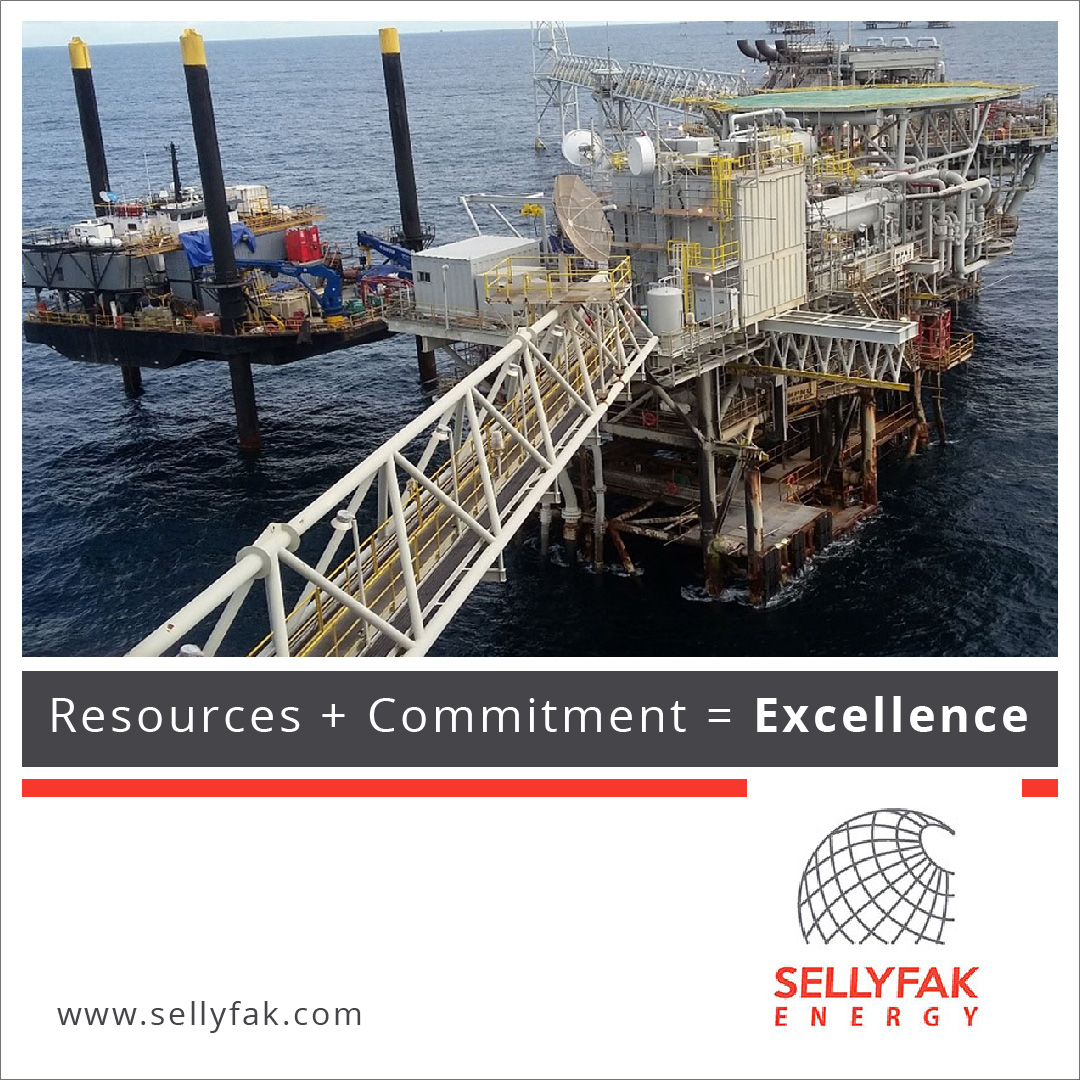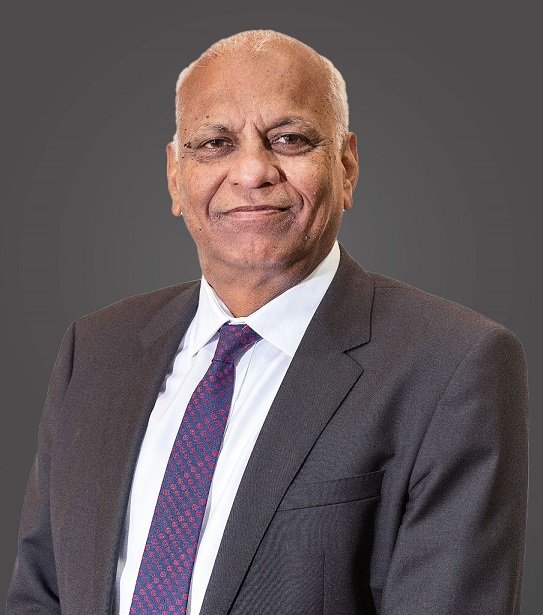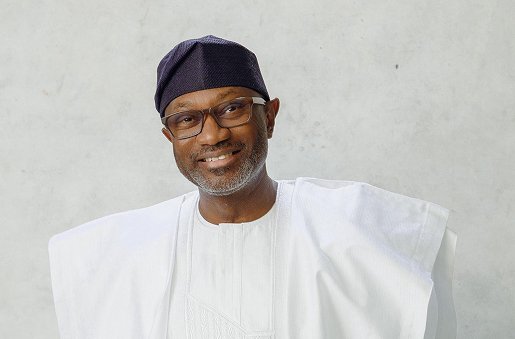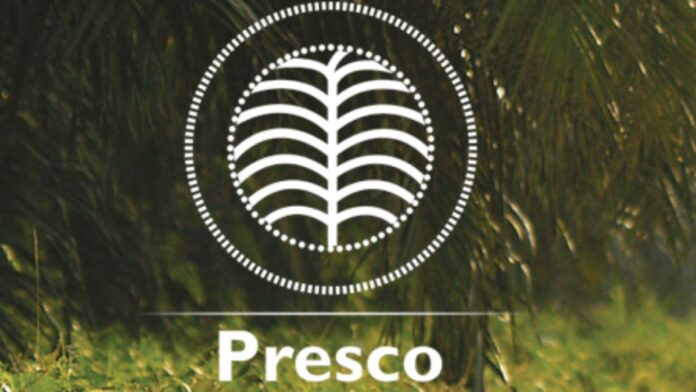BP posted a profit of $2.2 billion for the third quarter of 2025, holding steady despite a steep decline in oil prices.
The oil major’s performance came as its chief executive, Murray Auchincloss, insisted that falling crude prices would not derail the company’s turnaround strategy or long-term growth ambitions.
Oil prices fell nearly 14% year-on-year in the quarter to an average of $69 a barrel, but BP’s underlying profit remained roughly flat.
Analysts had expected BP to be among the hardest hit by weaker prices, yet the company’s share price has risen 35% since April, outperforming peers such as Shell, ExxonMobil, Chevron, and TotalEnergies.
Auchincloss said BP’s financial goals outlined in February remain intact despite forecasts that oil prices could fall further next year. “We see strong underlying growth across all our businesses despite the price environment,” he said. “We will adapt. We have lots of flexibility to manage costs and capital if prices go lower.”
The CEO reiterated that BP’s target to boost annual cash flow from $8 billion to $14 billion by 2027 is on track. He also confirmed that the company aims to reduce its heavy debt load to between $14 billion and $18 billion within the same period, regardless of market fluctuations.
Auchincloss has pivoted BP back toward its core oil and gas operations after the company’s previous aggressive move into green energy met shareholder resistance. Activist investor Elliott Management was among those who criticized BP’s earlier strategy as overly ambitious and profit-dilutive.
In the past six months, BP has begun production at six new oil and gas projects, increasing total production by 2.7% from the previous quarter to 2.36 million barrels of oil equivalent per day. Stronger refining margins also helped offset a weak performance in BP’s oil trading division.
Auchincloss said BP’s integrated model provided stability during volatile market cycles. “We’re resilient to lower prices because we still have both production and refining businesses — when one is up, the other is generally down,” he explained.
The company’s trading arm delivered a 4% return regardless of market conditions, while 40% of its oil and gas production is tied to long-term agreements with host governments, helping insulate it from price swings.
BP’s net debt stayed flat at around $26 billion between the second and third quarters, but the company expects to receive $3 billion in payments before year-end from nearly $5 billion in asset sales. These inflows will aid in reducing leverage.
As part of efforts to streamline operations, BP has a target to raise $20 billion from asset disposals by 2027. Its new chair, Albert Manifold, endorsed Auchincloss’s turnaround plan but emphasized faster execution. The company also announced a $750 million share buyback and a dividend of 8.32 cents per share, though shares slipped by over 1% on Tuesday morning.
In a related development, Saudi Aramco, the world’s largest oil producer, reported adjusted net income of $28 billion for the same quarter, exceeding expectations. Aramco’s production rose to 13.3 million barrels per day from 12.7 million b/d a year earlier, supported by record gas output and expanded 2030 gas targets.
BP’s steady profits, strong production, and strategic debt management highlight its ability to weather a softening oil market while maintaining investor confidence.























